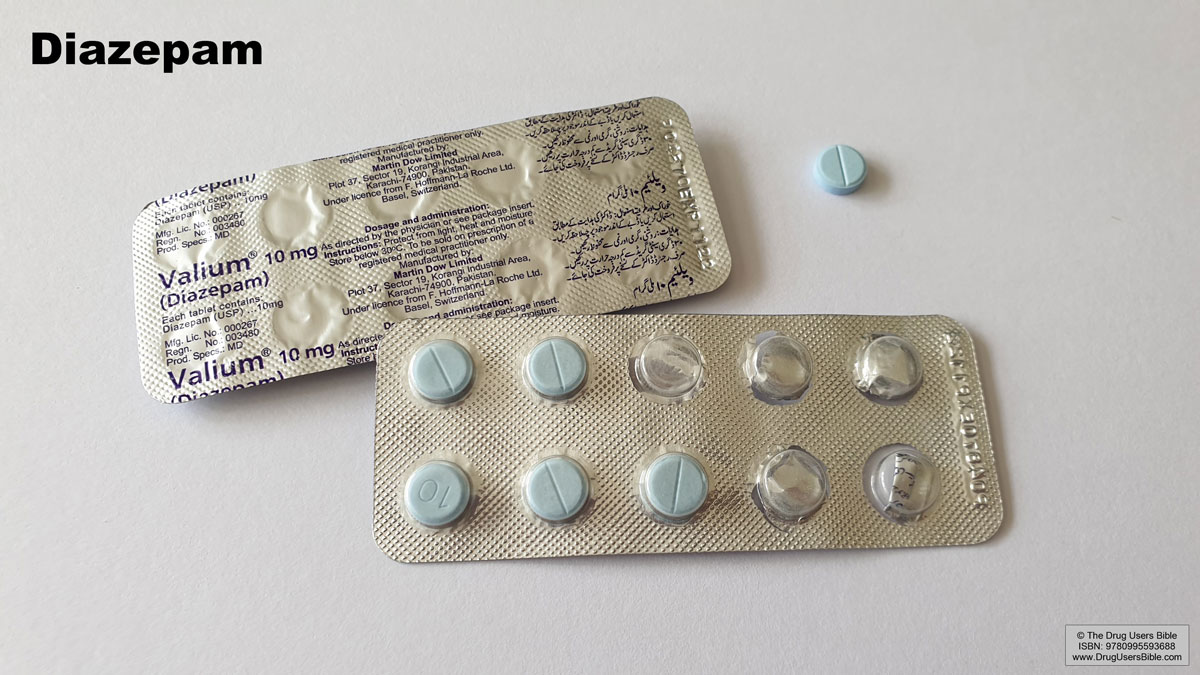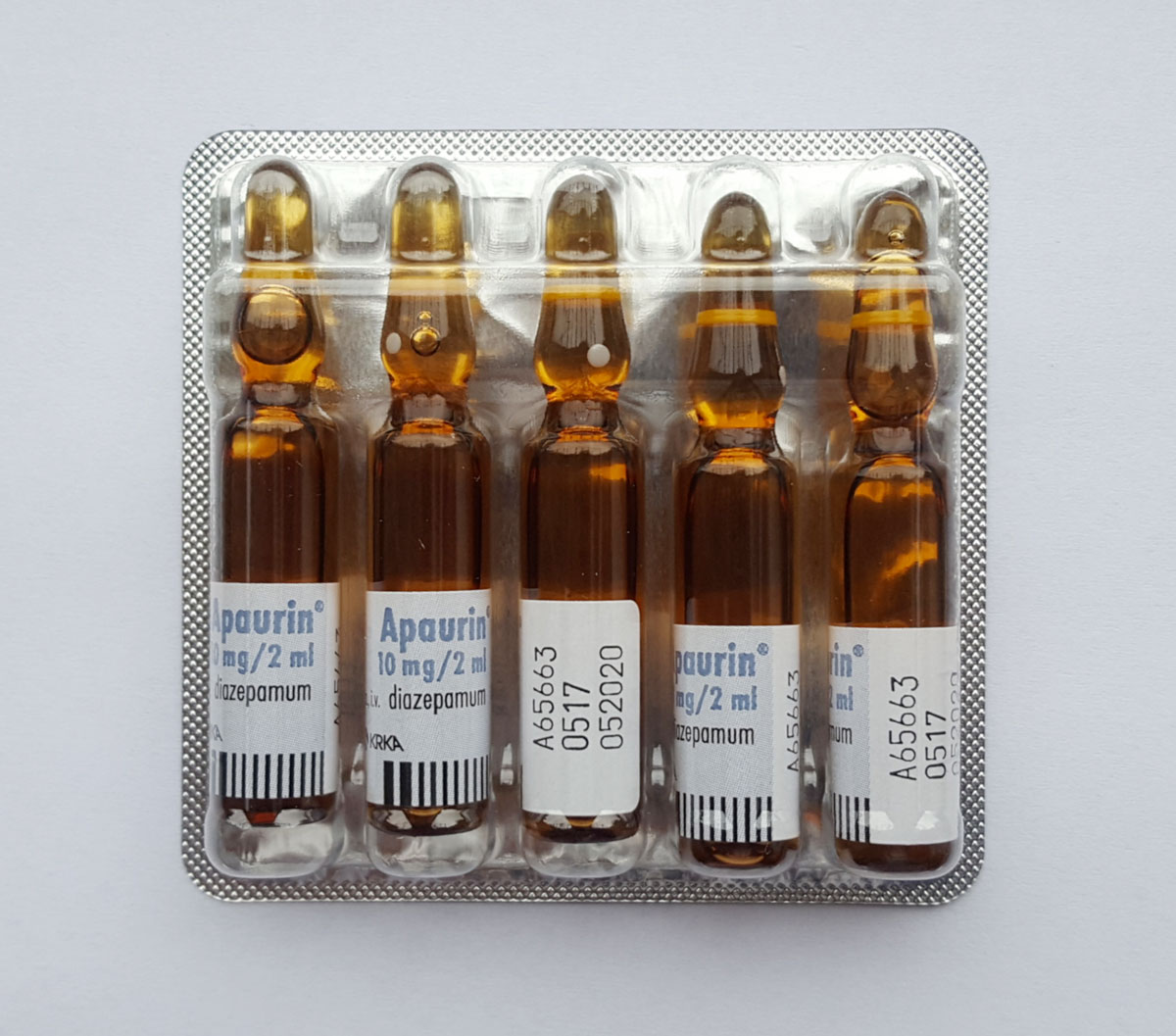Diazepam, first marketed as Valium, is a medicine of the benzodiazepine family that acts as an anxiolytic. It is commonly used to treat a range of conditions, including anxiety, seizures, alcohol withdrawal syndrome, muscle spasms, insomnia, and restless legs syndrome. It may also be used to cause memory loss during certain medical procedures. It can be taken by mouth, inserted into the rectum, injected into muscle, injected into a vein or used as a nasal spray [ … ]
Common side effects include sleepiness and trouble with coordination. Serious side effects are rare. They include suicide, decreased breathing, and an increased risk of seizures if used too frequently in those with epilepsy. Occasionally, excitement or agitation may occur. Long-term use can result in tolerance, dependence, and withdrawal symptoms on dose reduction. Abrupt stopping after long-term use can be potentially dangerous. After stopping, cognitive problems may persist for six months or longer. It is not recommended during pregnancy or breastfeeding.
Diazepam was patented in 1959 by Hoffmann-La Roche. It has been one of the most frequently prescribed medications in the world since its launch in 1963. In the United States it was the best-selling medication between 1968 and 1982, selling more than 2 billion tablets in 1978 alone.[ … ]
“Valium.” Wikipedia, Wikimedia Foundation, 15 May 2022, en.wikipedia.org/wiki/Diazepam.
Resources:
- Valium on Wikipedia
- Valium on Drugs.com
- To see what happens to the brain on drugs play to the game “Mouse Party” | Genetic Science Learning Center. “Mouse Party.” Learn.Genetics. August 30, 2013. Accessed December 25, 2021. https://learn.genetics.utah.edu/content/addiction/mouse/.



Leave a Reply